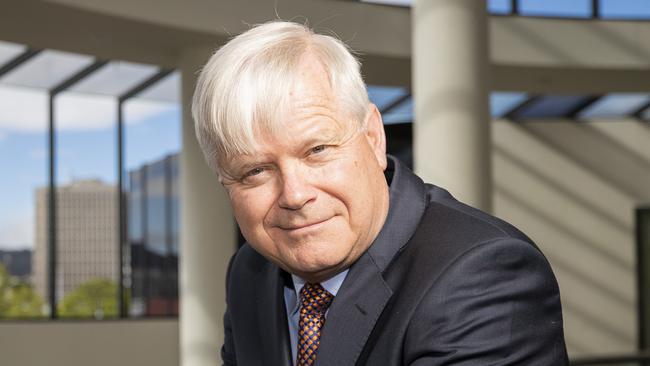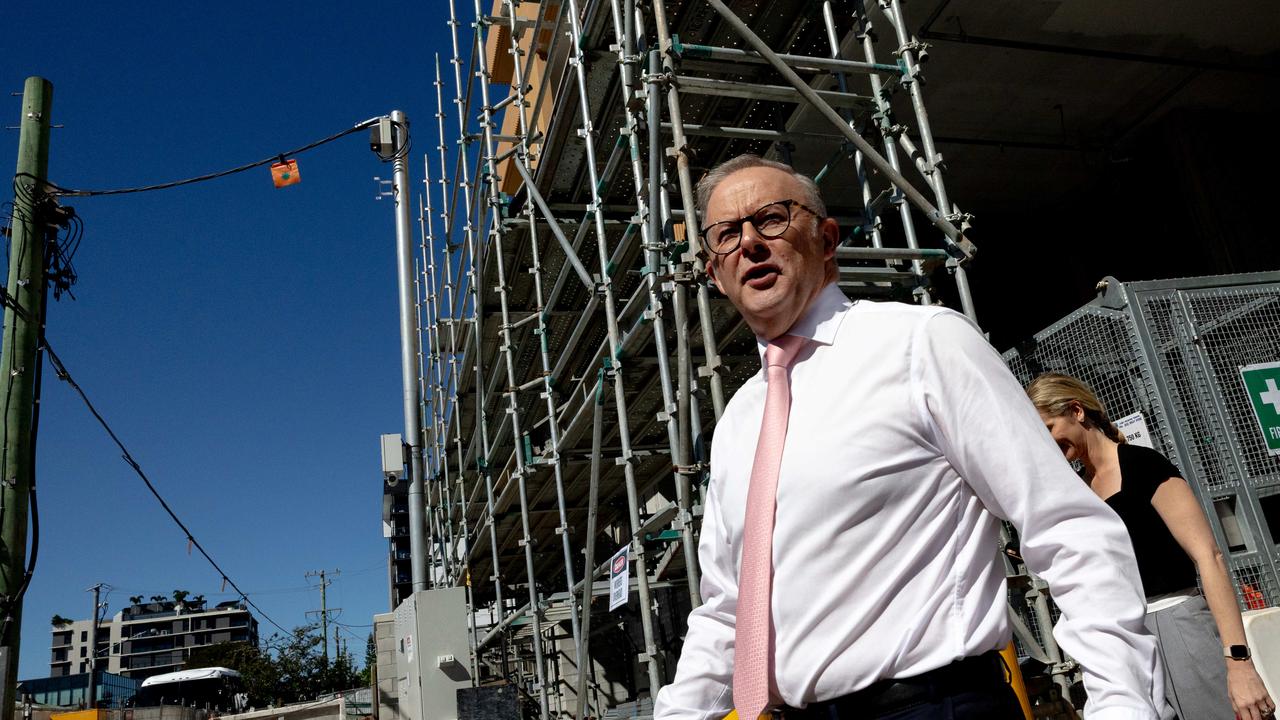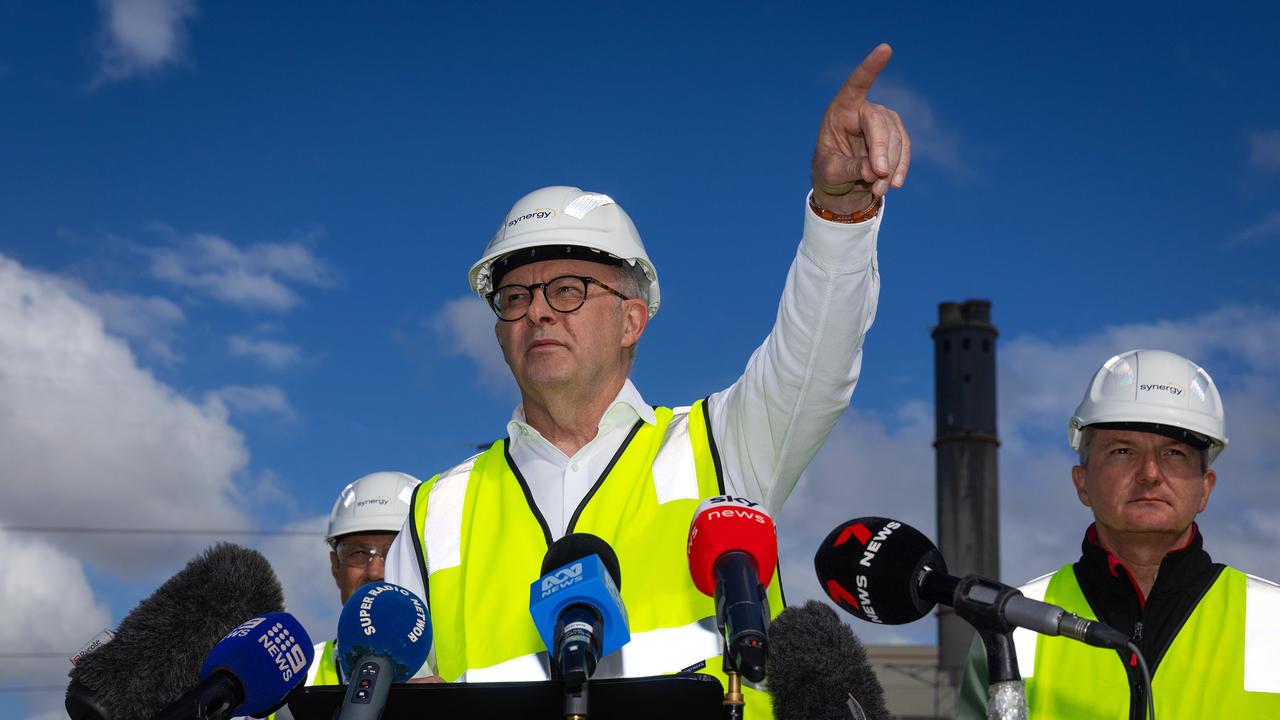Budget 2022: NDIS is costly but ‘fundamental to who we are’
The NDIS is far more than a fast-expanding, big-spending government scheme, Jim Chalmers says. It says much about who we are as a nation.

The $35bn National Disability Insurance Scheme is more than just a structural cost to the budget, it’s a critical social investment and fundamental to who we are as Australians, Treasurer Jim Chalmers has said.
As economists point to the precarious trade-off between supporting people with disability and ensuring taxpayers aren’t paying too much, and advocates highlight the economic benefits of the NDIS as its costs rapidly rise, Dr Chalmers said the government was backing it in.
The NDIS, along with health, aged care and defence “aren’t just structural costs”, he said.
“They are vital investments. They are fundamental to our values. They speak to who we are – people who look out for each other and look after each other.”
The budget forecast the cost of the NDIS to hit nearly $52bn by 2025-26, with the federal government’s contribution to the joint federal-state funded scheme projected to rise 14 per cent a year through to 2032-33. There are 555,000 people with an NDIS package, a number projected to reach more than 850,000 by 2030.
Dr Chalmers said the NDIS was an “absolutely crucial service” and the government was determined to ensure people with disability were at the centre of the scheme while ensuring “we’re getting value for money”,
Economist Chris Richardson said the cost of the NDIS was a significant headache for the government. “The government will need to look at repairing the national social compact, which is taxing workers and companies to look after the needy, because we have been consistently underestimating the costs of support,” he said.
“For the NDIS they are looking to do the right thing by people with disability across the nation, and also by taxpayers. This is the type of trade-off you wake up at 3am worrying about.
“But some fundamental shift is needed. The NDIS is so big and the cost is increasing so fast they will need to look at it.”
Disability advocates argue the NDIS does more than provide those with a permanent and significant disability financial support to build capacity, increase independence and establish stronger connections with their community.
The scheme makes “cold, hard, economic sense”, People with Disability Australia president Samantha Connor said, pointing to an economic analysis that says it delivers a return on investment of $2.25 for every dollar spent.
“People focus on the cost, but while there is money going out, it is keeping 300,000 people in employment across the support sector and allied health workers,” Ms Connor said.
“It is frustrating to hear the term blowout when people talk about the costs of the NDIS, but no one uses the same language for Medicare. It shows how stigmatised the scheme is.”
Provider advocate National Disability Services chief executive Laurie Leigh warned against any moves to cut the NDIS.
“It’s important to recognise that the NDIS has fundamentally changed the lives of people with disability and we must remember that at the heart of all of this, it is them who will be affected by cutting down the system without proper, thought-out consultation with the sector,” she said.




To join the conversation, please log in. Don't have an account? Register
Join the conversation, you are commenting as Logout